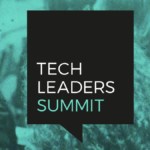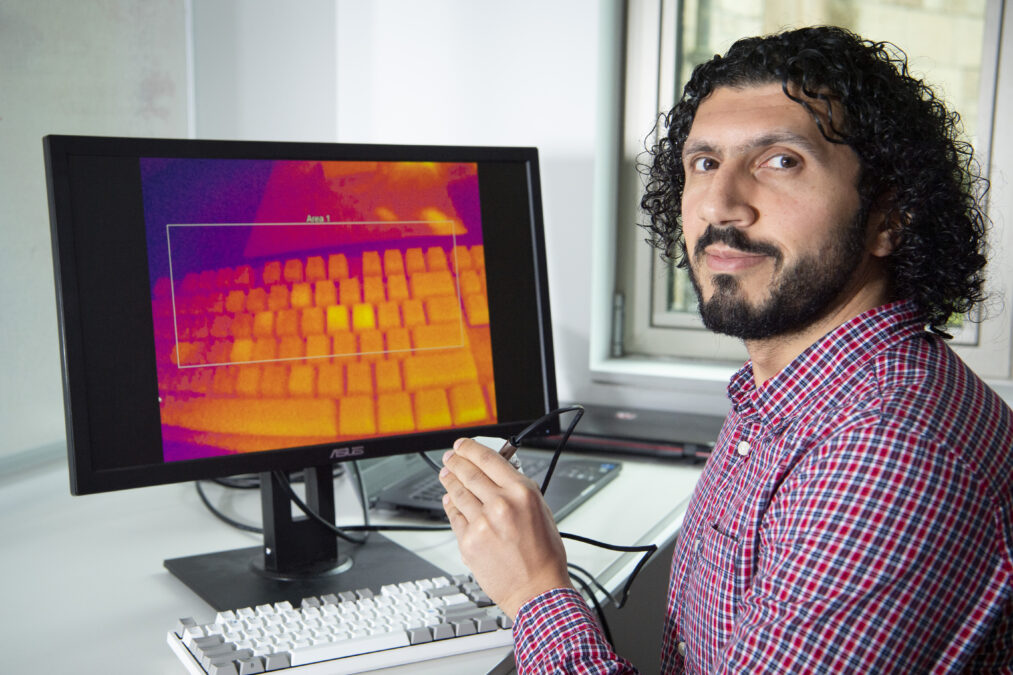“Only 10% of global commerce is conducted on the internet,” says Gilbert Verdian, founder of Quant Network. The “internet is good for merchant type scenarios, but there is still a hidden level involving letters of credit and faxes, etcetera. Blockchain enables you to program logic on top of money to automate these transactions.” So that’s the idea behind the internet of trust, use blockchain to support these typically much larger transactions, so that the parties involved can feel as safe as, well as houses.
We are at a ‘once in thirty’ years inflection point, suggests Verdian. “Architectural inflection points only occur every 30 years,” he explains. Usually changes are evolutionary, modifications here and there, “but we now have a foundation shift occurring where we can re-architect how society and trust happens at the foundation level.”
The implications: by creating an internet of trust, using blockchain, middlemen can be cut out of transactions. “The current approach means data is in the one place,” said Verdian, “so we have a crisis of trust. Compromise one organisation, you compromise the data, you have access to everything.”
Emerging technologies, are they set to transform business?
To explain what Verdian, Quant Network, and the internet of trust is all about, we need to go back.
Gilbert Verdian is an ex Bank of England man. His last job at the bank was as the chief security officer for payment infrastructure. “My job was to keep UK money safe,” he said.
He was also a founder of the Blockchain ISO standard TC307. “I was frustrated a few years ago, as I felt we were making the same mistakes seen with the internet” in the early days.
He explained further: “The tech behind blockchain has been around for a long time: but it was built in isolation, leaving us with five enterprise platforms.”
Those platforms being Ripple, Ethereum, Hyperledger fabric, JP Morgan’s blockchain and Corda.
Mindtree joins Hyperledger to accelerate blockchain development
Mindtree has joined Hyperledger, where experts collaborate with network peers to research and advance open-source blockchain technologies
Then there are “around 10 public ones that are running cryptocurrencies, called permissionless.”
“But they don’t talk to each other.”
So that was the idea behind creating the ISO standard, TC307.
As for Quant Network, Verdian claims they have solved interoperability — enabling isolated silos to talk to each other.
But to explain the internet of trust we still need to do a bit more history.
“When the internet was created in the 1950s, no one knew then how it would evolve, so security controls were lacking.”
Spam is a good example. “Spam emerged as there was no authentication system, when sending email,” suggests Verdian.
Spam did in fact begin way back in 1978, when Gary Thuerk of Arpanet, sent the first email spam messageto 600 people. https://en.m.wikipedia.org/wiki/Email_spam
Verdian picks the story up in 1992/93 “when a law firm realised it could send an email to lots of people.”
As a result of this disparate way that the internet evolved “We ended up with lots of bandaid fixes of security controls, network controls and identity authorisation to solve lack of controls.“
Most blockchain platform implementations will require replacement by 2021, says Gartner
Fragmented blockchain platform market is making technology choices difficult for IT decision makers
Why the need for the internet of trust?
At the moment, data is held in centralised databases, such as a data centre, but if the company controlling the data is compromised, with say a simple phishing attack, you have a problem.
“You only need one person to click on link, then the whole data is compromised,” then this leads to lateral movement. And now “we are seeing data breaches once a week, we are becoming desensitised to it.
“Blockchain allows you to reduce that risk, as you are taking a massive amount of data. By putting it on a blockchain, it is not stored in the one place. It’s broken up into millions of smaller bits that are encrypted, tokenised, put on different nodes which make up the blockchain network, to compromise the data you have to compromise millions of machines, break the encryption and put it all back together.”
Security is made up of three pillars: confidentiality, integrity, and availability, but blockchain provides the ability to trust people you don’t know, at least that is the idea.
In a recent blog post, Verdian explained it thus: “The original vision of ARPANET was a closed network where every member (node) knew exactly who the other party was. With the immense expansion of the internet, more and more networks and people started connecting, naturally everyone no longer knew everyone else. The internet became and stayed untrusted.
“We had to build firewalls, harden operating systems, create internal networks that sat behind external facing gateways just to protect internal users and data. We had to build controls on top of controls to detect, protect, respond to threats.”
That is why the creation of the internet of trust using blockchain represents such a dramatic shift.
The interplay between emerging and mature technologies: AI, blockchain and the cloud
Quant Network is part of Tech Nation Cyber — the UK’s first national scaleup programme for the cyber security sector. It is aimed at ambitious tech companies ready for growth.
 Tech Leaders Summit
Tech Leaders Summit
On 12 September, Information Age will once again host Tech Leaders Summit at the Royal Lancaster Hotel, London. This year, speakers at the UK’s most innovative tech leadership conference — including the CTOs of RBS and Ofcom and Sarah Burnett from Everest Group — will help dissect subjects, such as intelligent automation, emerging tech, agile and cultural transformation. With plenty of opportunties to network throughout the day, this event is not be missed. To find out about the latest innovations and how to lead your organisations and customers through the disrupted era, register here.







